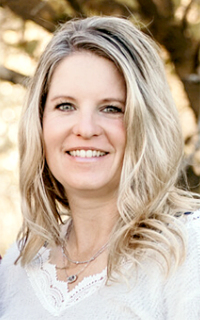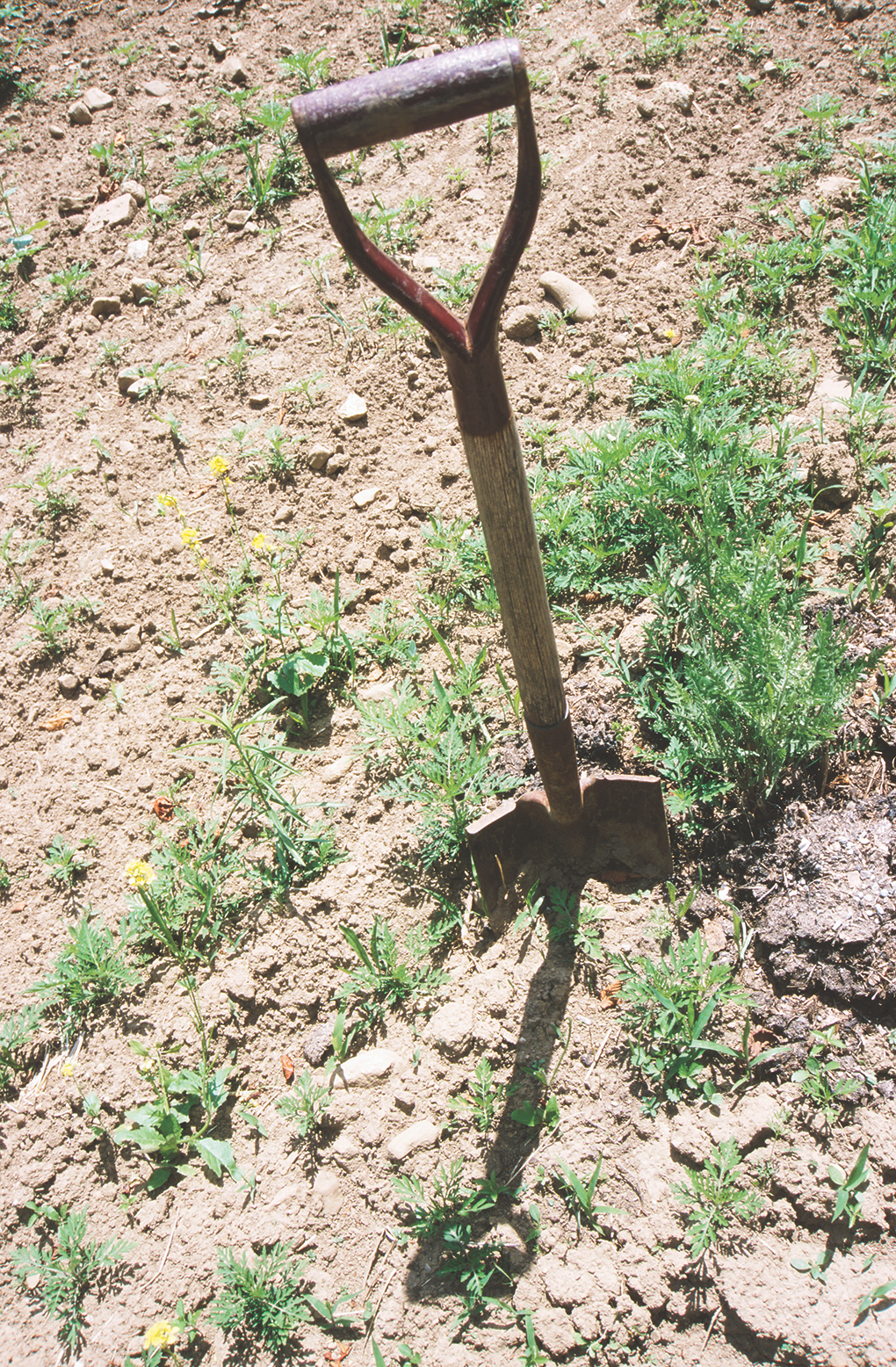Rachael Brooke, Phillips-Rooks District Extension Agent Agriculture and Natural Resources
Decision Tree for Cattle Stocking Rate Adjustments Available

Rachael Brooke
The ongoing drought has affected many areas of Kansas and the Great Plains region. Producers are accustomed to adjusting for shorter-term dry periods but less so with an extended drought.
In response to numerous questions around this issue, Keith Harmoney, K-State Research and Extension range scientist at the Agricultural Research Center in Hays, developed a decision tree that provides some guidelines given the pasture’s current soil moisture condition and the relative level of stress on the pasture last year. He discussed using this tool during a webinar, “Decision Making for Grass Turnout in Western Kansas,” presented on April 4, 2023, that is now available for viewing on KSUBeef.org. A handout of the decision tree and other items are linked below the video.
Harmoney also discussed how to use April, May and June precipitation amounts received this year as a proportion of the long-term average to help estimate the current year forage production. The decision tree and predictions of forage growth apply to native pastures in the state's western half.
Suppose you have a pasture lease with no clause or plan for stocking rate adjustments due to drought. In that case, this webinar and associated materials may help all parties get a better understanding of relationships between previous grazing pressure, precipitation, and forage production.
A landlord without accommodation for drought risks overgrazing, delayed drought recovery, weed problems, and decreased long-term production (and pasture value). The tenant trying to cope with this situation risks poor animal performance and increased health issues from an inadequate diet or added feed cost.
Changing terms in a lease can result in uncomfortable discussions; however, drought is a clear part of our history and should be part of any management plan for native pastures. Work towards a lease agreement built around animal unit months (AUMs) that accounts for animal weight, forage production, and length of the grazing period. While drought is the most common reason for a drastic drop in forage production to be considered in a lease, a disaster clause could include fire or hail as well.
For more information, please contact the local K-State Research and Extension Office.
K-State Research and Extension is an equal opportunity provider and employer.




